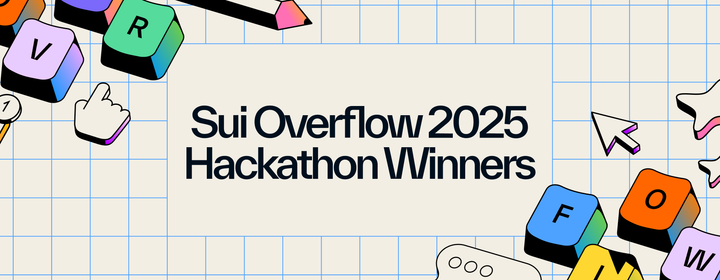Typus Dynamic NFTs Give Character to DeFi
Tails by Typus NFTs evolve in their appearance and gain useful perks as they level up through user actions.

DeFi, with its puts, calls, and spreads, may seem arcane and very dry to a lot of people, but Typus Finance found a way to make the journey richer through dynamic NFTs. The Tails by Typus NFT collection gives users a character that evolves visually and gains new perks as they level up their activities on the platform.
"The purpose of the Tails By Typus NFT collection," said Typus, "is to create a fully on-chain user incentive system."
The Typus Finance platform supports automated call, put, and call spread option vaults. Supported assets on Typus include SUI, CETUS, WETH, WBTC, and USDC.
Typus developed 6,666 dynamic NFTs in partnership with Studio Mirai for this loyalty program. Users will be able to get a free mint of these NFTs in early September, exclusively on the Typus website. Leveling up the NFTs through actions on the Typus platform evolves the NFT look and gives the user perks, including rebates.
A rewarding NFT
At a fundamental level, the Move programming language on Sui lets developers design NFTs that can evolve based on events or other triggers. Combined with the Sui network's support for on-chain assets, Typus found a fun way to gamify the user experience on its platform. As users try different functions of the platform, their NFT gains experience. Just like in a role-playing game, NFTs that accrue specific amounts of experience gain levels.
Caption: At its initial level, the Tails by Typus dynamic NFT looks like a small dragon, with wings, a spiky tail, and horns.
On Sui, NFTs have two fundamental properties that enable Typus' use case. The first is that NFTs are objects, and objects are the basic unit of storage on Sui. The idea of using objects in this manner on a blockchain is extraordinarily powerful, as developers can use the Move programming language to imbue them with a wide array of properties and behaviors. Objects can be owned digital assets, appearing in a user's wallet alongside their other assets.
The second property of NFTs on Sui useful to Typus is that they can be stored on-chain, meaning the image itself is stored on the blockchain's infrastructure. On-chain storage alleviates Typus from needing to maintain a server with these images, and ensures their long-term availability to the users who own them.
"Sui’s ability to keep metadata on-chain allows NFTs to become stateful, dynamic on-chain applications within Sui," said Typus.
Users who participate in this program earn experience for their NFT by using various functions of the Typus platform. Typus will publish the specific actions and experience points on its site, but these actions may involve placing deposits in various option vaults or bidding in auctions. As users level up their NFT, they will see its look change, with such attributes as different pupils, horns, and hair.
Of more practical value to users, new levels also come with benefits such as fee rebates, royalty shares, and token airdrops.
From a programming perspective, Typus triggers an event for each participant when they initiate a function on the Typus platform. That event adds to the experience count in the user's owned NFT. As certain thresholds, or levels, are attained, the programming triggers events that change the NFT's appearance and award perks to the user.
Caption: At level 7, the Tails by Typus NFT gains curly horns, scruffy hair, and slit pupils.
Typus leveraged two other Sui features for this loyalty program, sponsored transactions and the Kiosk primitive. The former is part of a suite of Sui features that minimize the friction it takes to onboard new users. With sponsored transactions, Typus covers the cost of minting the Tails by Typus NFTs. People who want to participate in the program will get their NFT for free, without having to pay a gas fee, although they will need a wallet address.
The Kiosk primitive on Sui gave Typus all the tools it needed to create a shop where participants can pick up their NFTs. This digital storefront capability helps Typus distribute the NFTs and enforce the specific policies of the loyalty program.
Leveraging loyalty
Given their composable and dynamic nature, NFTs on Sui work well for loyalty programs, as demonstrated by Typus, and as redeemable tickets that change to show their state. Builders need only determine the events that trigger changes to the NFT.
The ownership model for digital assets on Sui adds a new dimension to these types of use cases. Instead of visiting a bunch of different web sites or apps, as one might do to see their frequent flyer status on various airlines, for example, Sui users need only open their digital wallets to see the various assets representing all their achievements or programs. Sui asset ownership adds a new dimension to loyalty programs.



